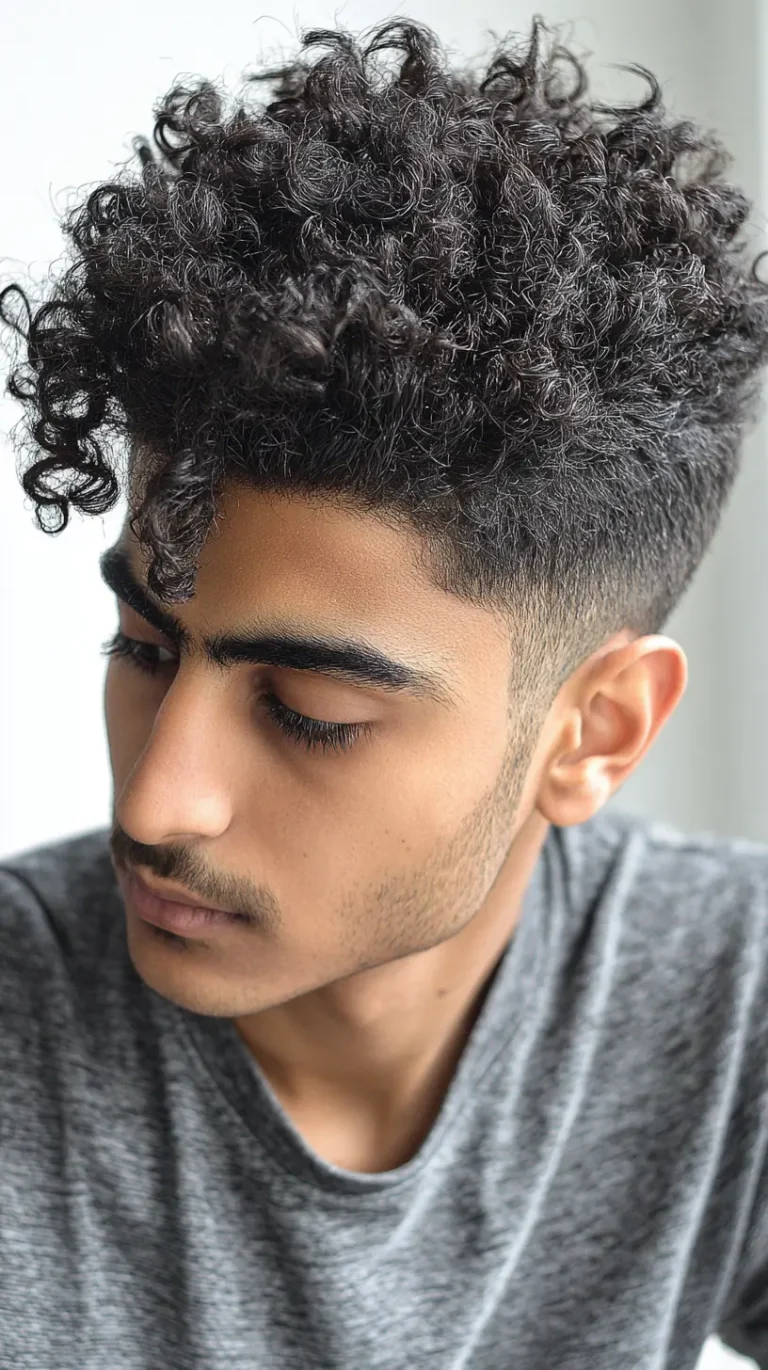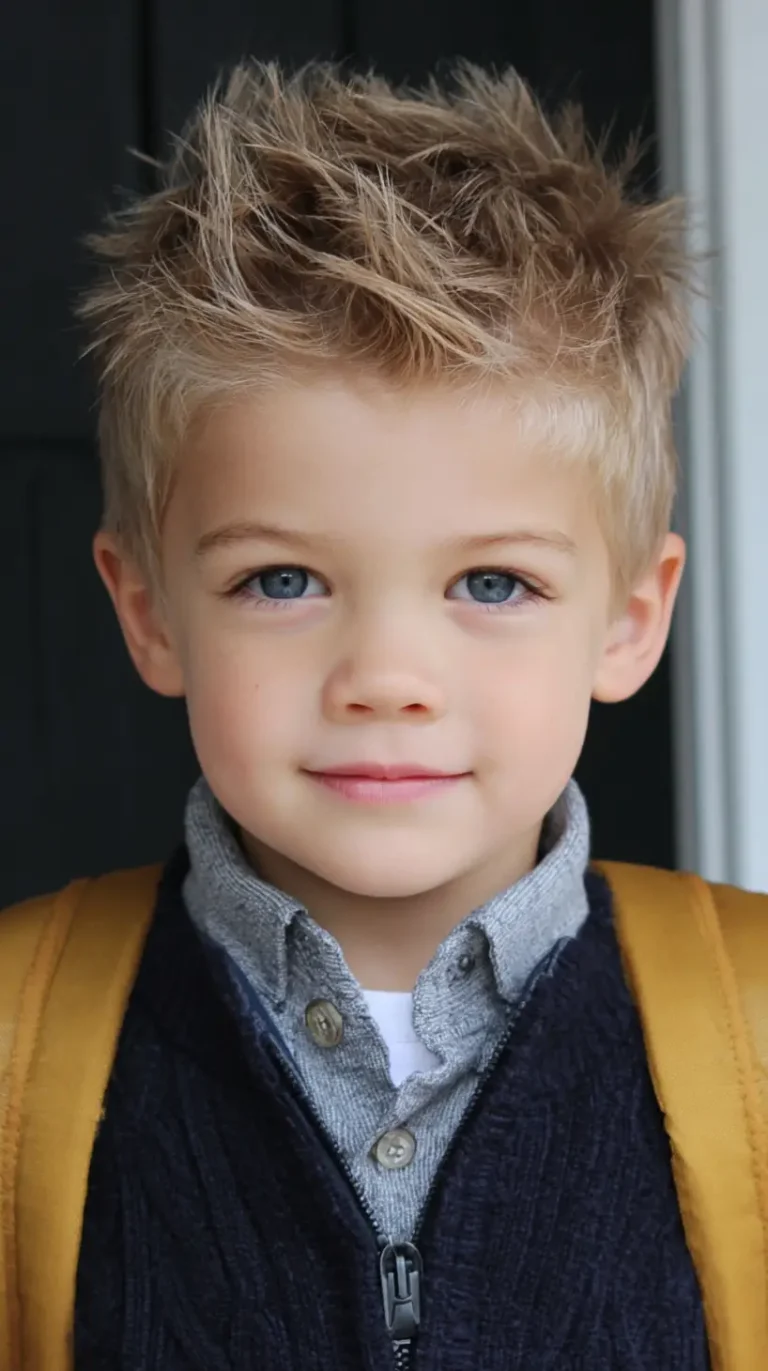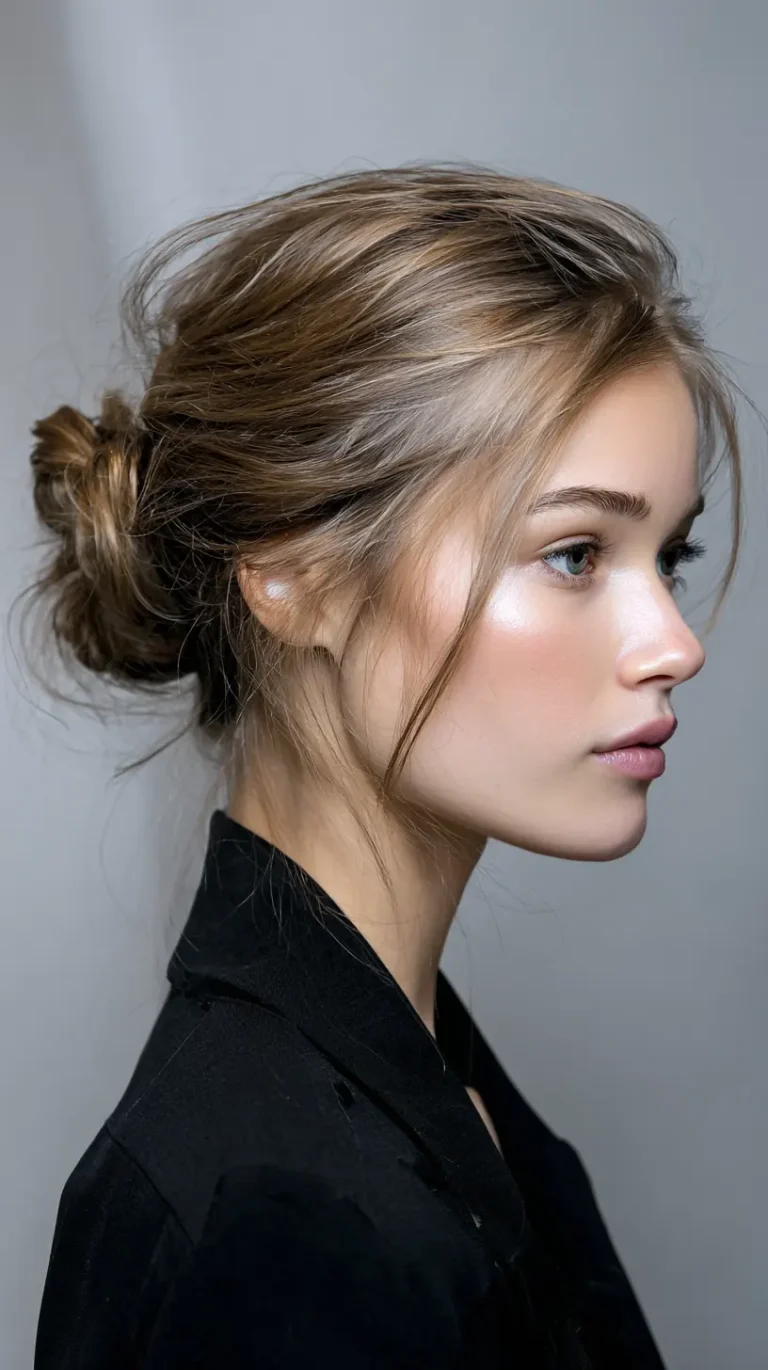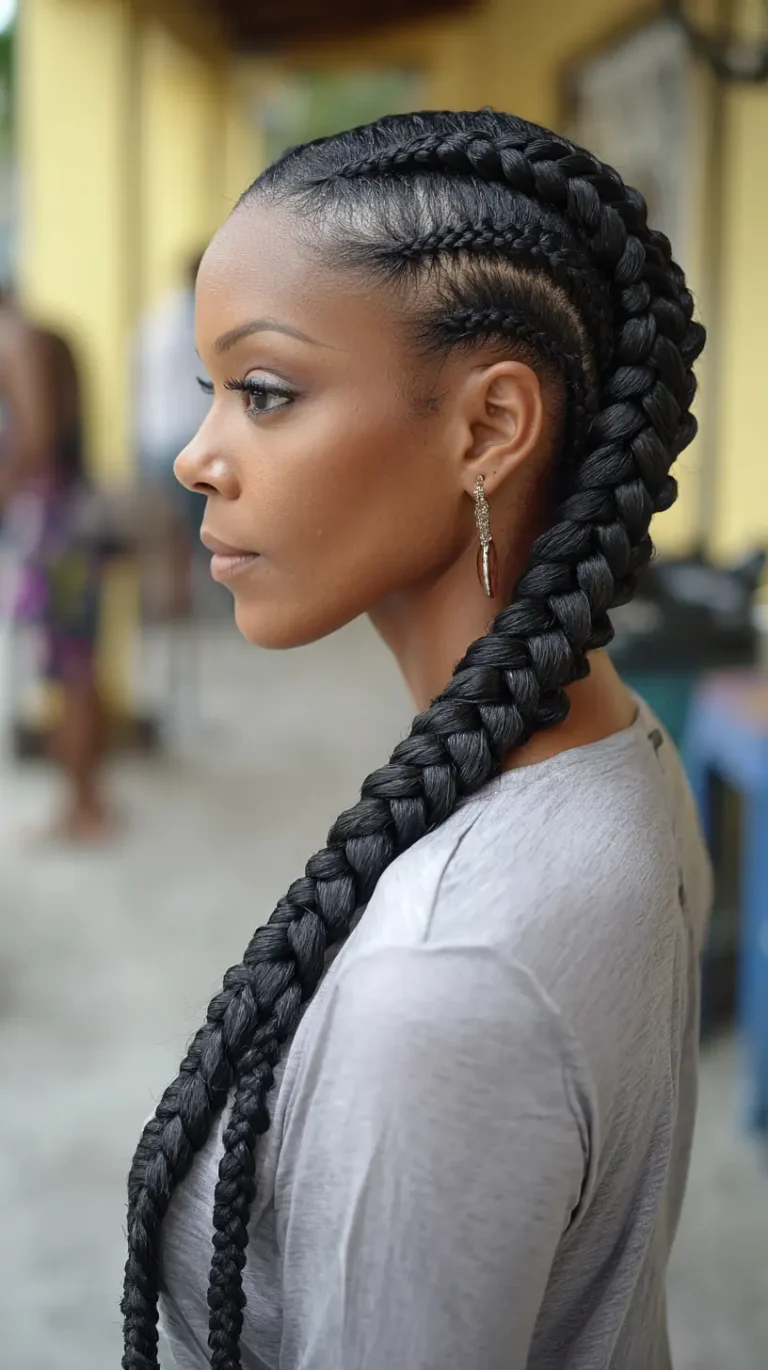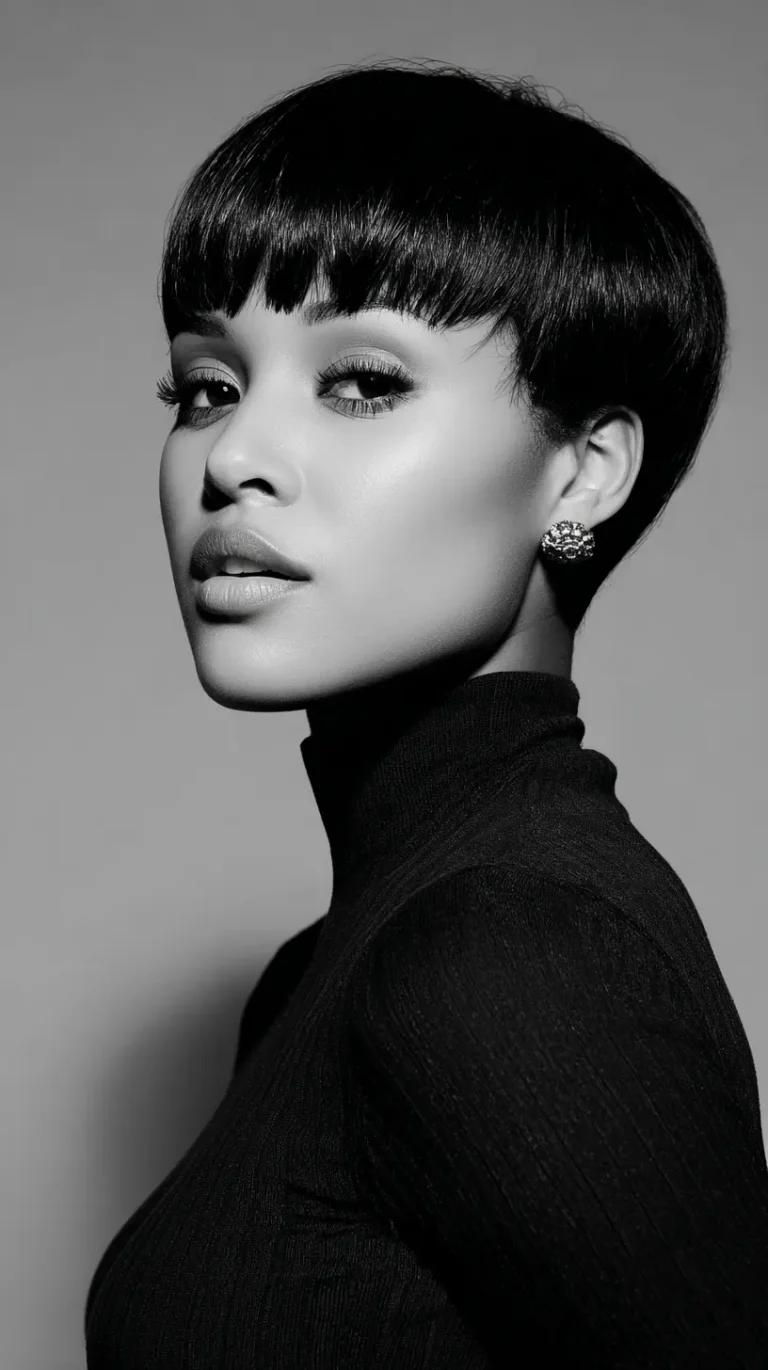24 Temple Fade Styles That Redefine Clean-Cut Cool
The temple fade haircut, also known as the temp fade or Brooklyn fade, is one of the most versatile and stylish cuts around. Its defining feature is the gradual fade of hair around the temples and sideburns, blending into the skin or longer hair. What makes the temple fade so unique is its adaptability—it can enhance any hairstyle, work with different hair types, and look clean whether you’re dressing up or going casual. Let’s explore 24 ways you can wear a temple fade, giving your personal style a sharp, fresh edge.
1. Classic Temple Fade
The classic temple fade is the go-to style for anyone seeking balance and simplicity. It involves tapering the hair right around the temples and often the neckline, leaving the top natural and neat. This version works well in any setting—from the office to a weekend hangout—and complements both short and medium-length hairstyles. It’s clean, low-maintenance, and timeless, making it ideal for those who want something fresh without going too bold.
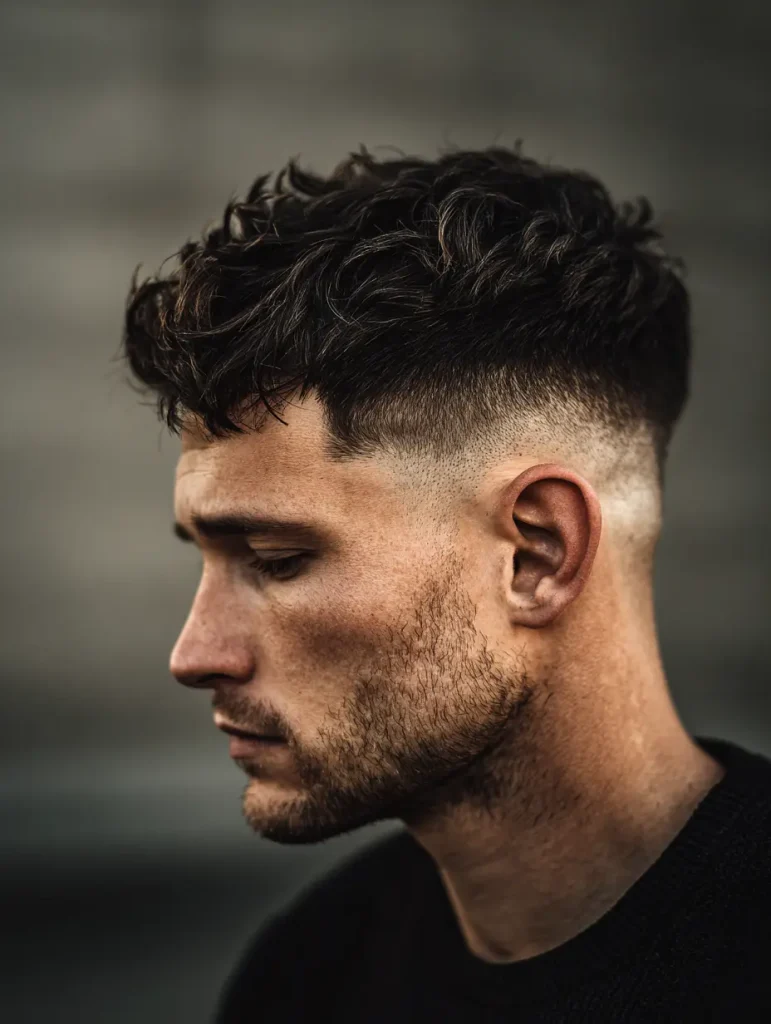
2. Low Temple Fade
A low temple fade starts the fade just above the ear, giving a softer transition from the top to the sides. This subtle fade is ideal for conservative styles or professional environments. It works beautifully with both textured and straight hair and can add a sleek finish to longer hairstyles. The low fade helps frame the face without drawing too much attention, perfect for someone who wants a polished yet understated look.
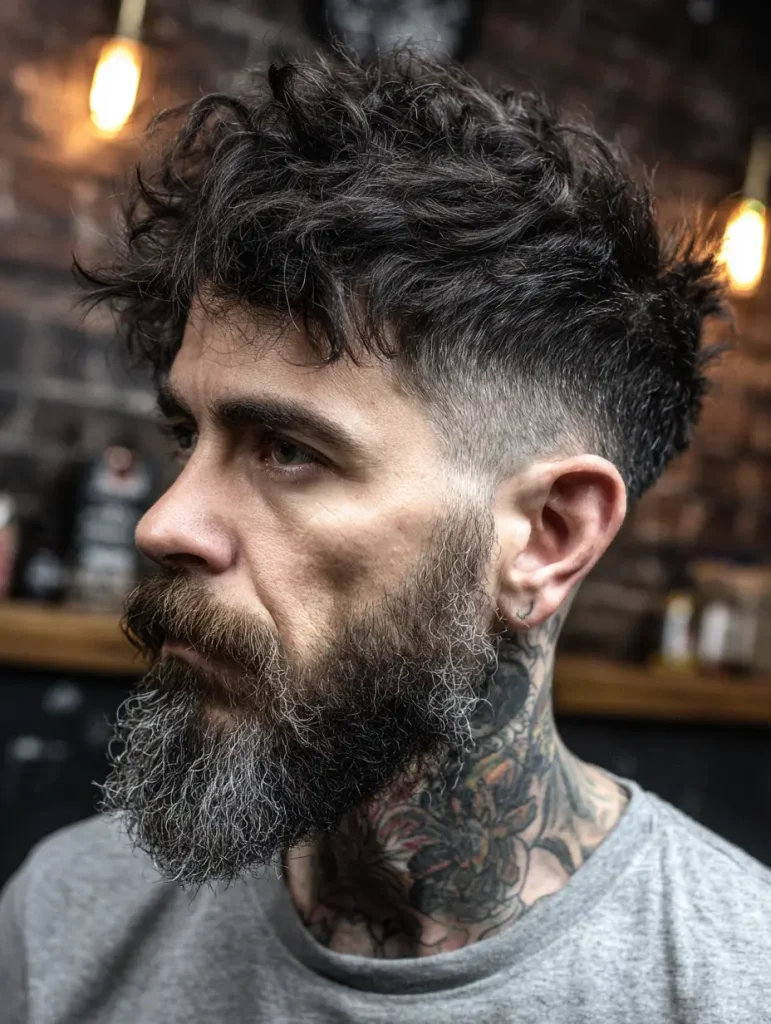
3. High Temple Fade
With a more dramatic transition, the high temple fade starts above the temples and closer to the crown of the head. This gives a bolder contrast between the top and sides, making it a favorite among trendsetters. It accentuates the hair on top, whether styled into a pompadour, faux hawk, or messy curls. If you want to turn heads while keeping a clean finish, the high fade is your cut.
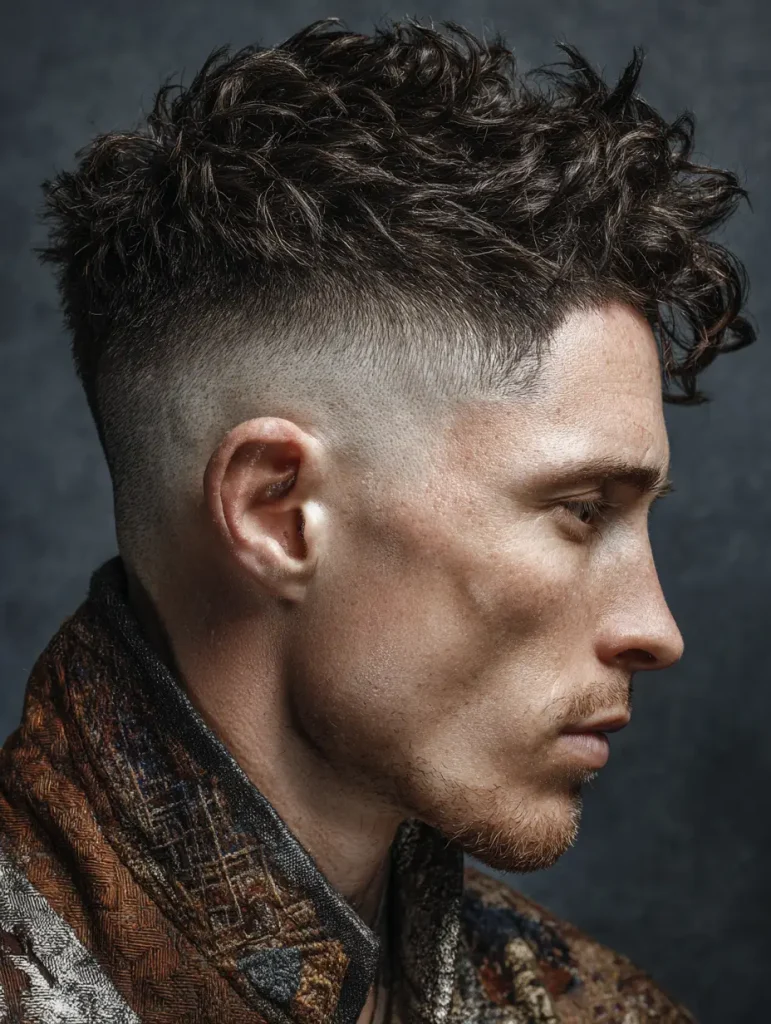
4. Skin Temple Fade
The skin temple fade (also known as a bald fade) takes the hair down to the skin at the temples and blends upward. It delivers a super-clean, sharp look and pairs great with all hair textures. This fade is especially effective in hot climates, as it keeps the sides and back cool while emphasizing the top. It’s a strong choice for men who want an edgy, modern cut that doesn’t need constant styling.
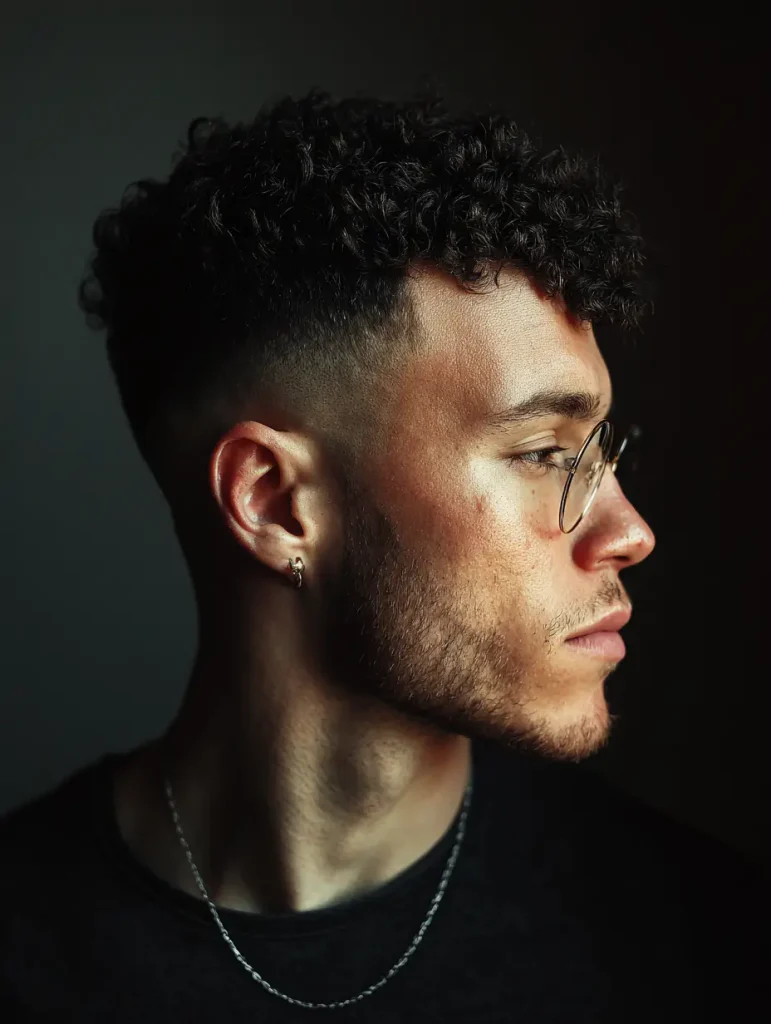
5. Taper Temple Fade
Unlike the skin fade, a taper temple fade transitions more gradually and retains some length, giving a softer and more natural fade effect. It’s a favorite for those who appreciate classic grooming with a modern twist. The taper fade works exceptionally well with business styles, such as side parts or comb overs, and is easy to maintain for anyone who wants to keep their hair looking sharp daily.
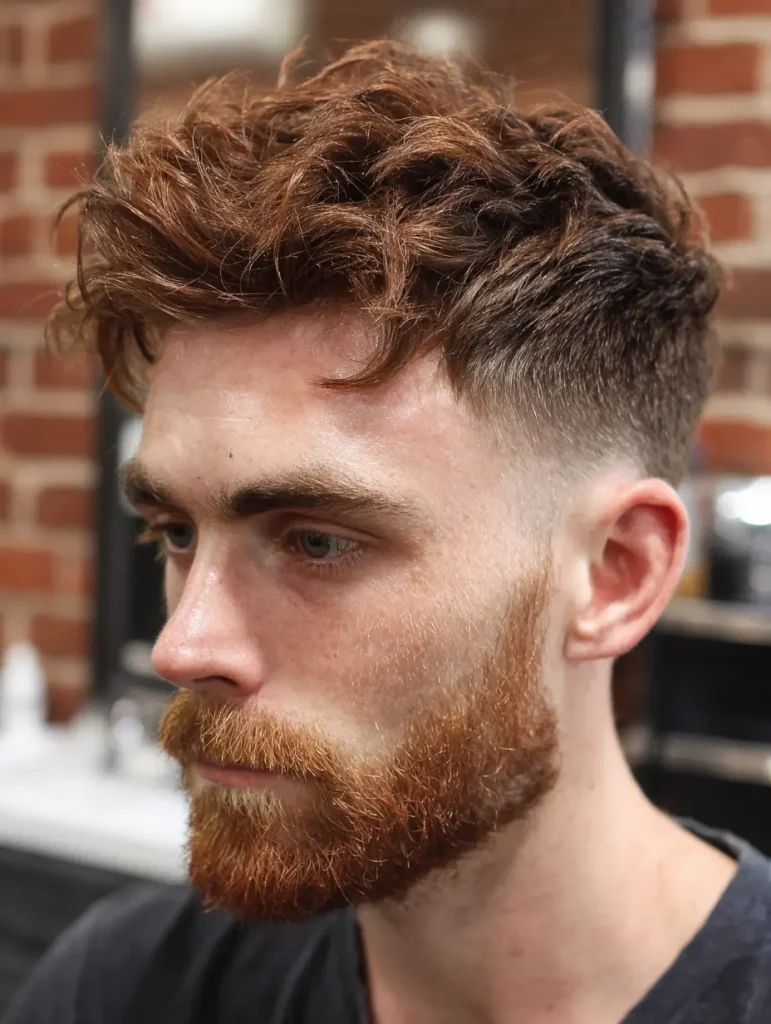
6. Temple Fade with Waves
When paired with 360 waves or any wave pattern, a temple fade adds structure and contrast, bringing the texture to life. This style is particularly popular in the Black community and is a testament to precise grooming and wave maintenance. The fade keeps the edges clean while letting the wave pattern take center stage. It’s a look that combines discipline, style, and heritage.
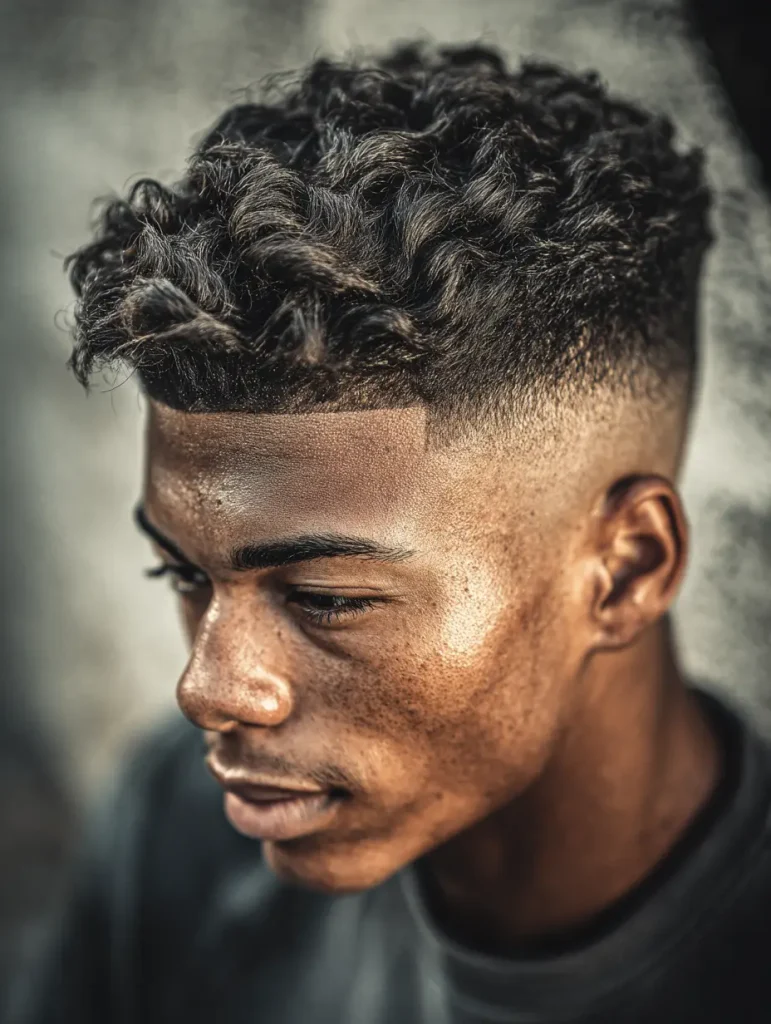
7.Temple Fade with Beard
A temple fade that seamlessly blends into a beard gives the entire look a cohesive and masculine vibe. It’s especially flattering for men with strong jawlines or those wanting to grow facial hair without looking scruffy. The precision of the fade connects the head and facial hair, creating a well-groomed silhouette that stands out for all the right reasons.
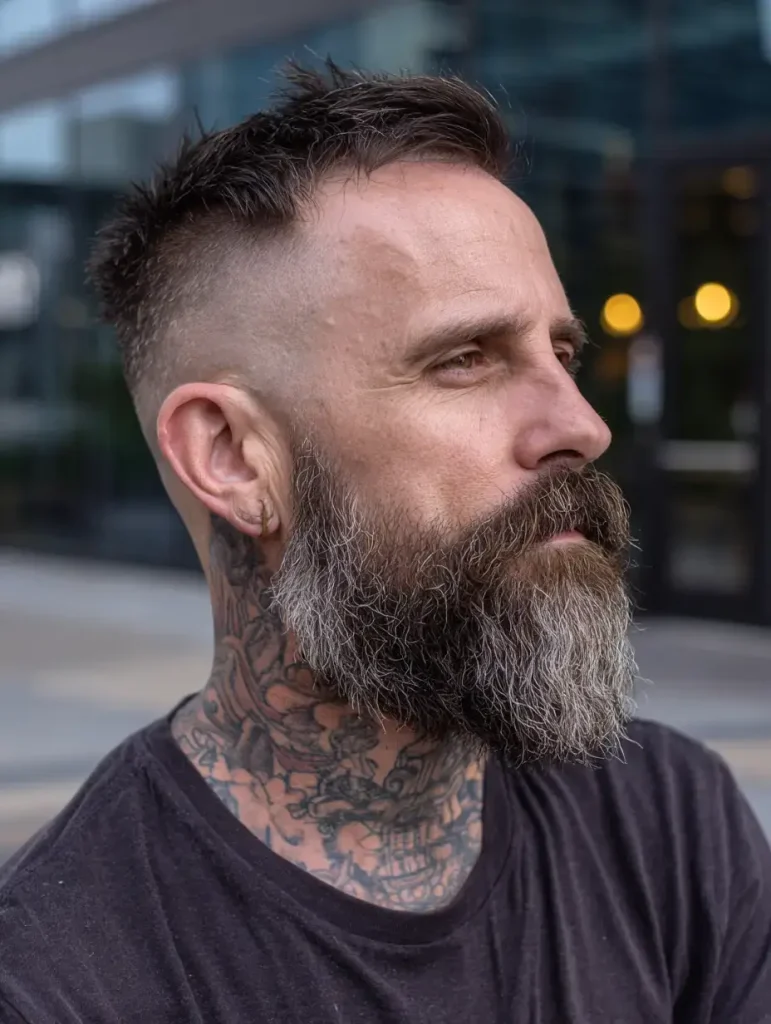
8. Afro Temple Fade
This style keeps the natural afro shape on top while tapering down around the temples for contrast and edge. It offers the best of both worlds—embracing natural hair texture while still looking polished. The fade helps define the afro’s volume and shape, allowing the haircut to remain fresh without needing daily reshaping.
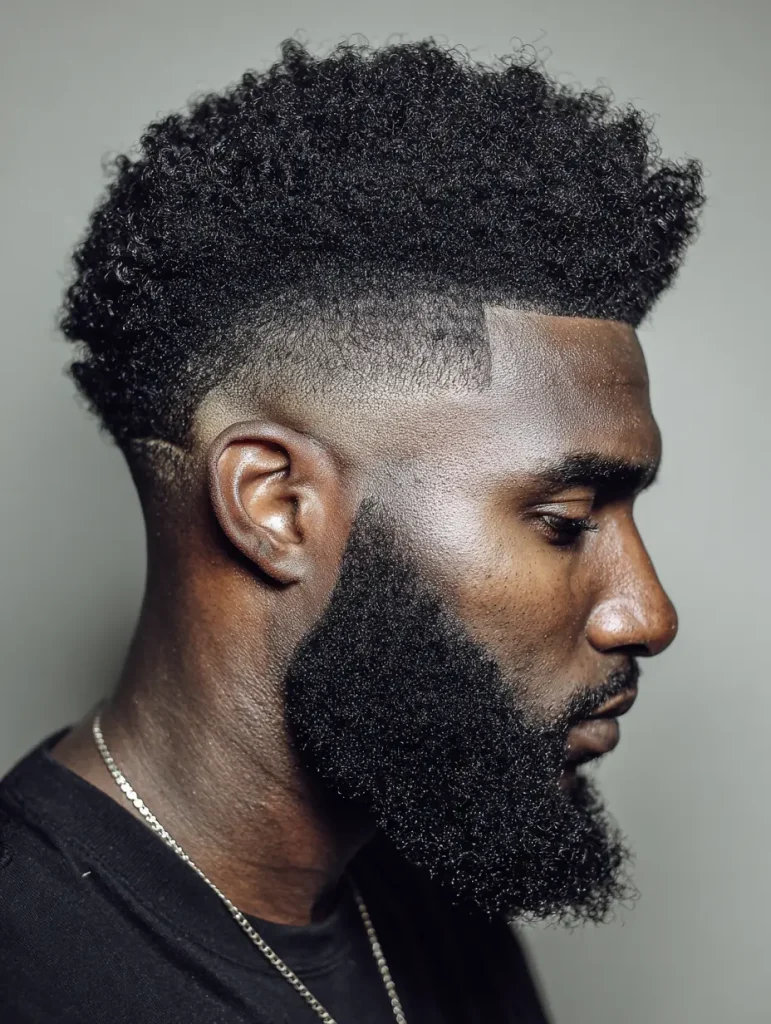
9. Curly Temple Fade
Curls can be unpredictable, but the temple fade brings balance to the look. It trims down the sides and temples to emphasize the curls on top, making them appear more intentional and defined. This style suits loose to tight curls and is an excellent way to manage volume without sacrificing your hair’s natural bounce and character.
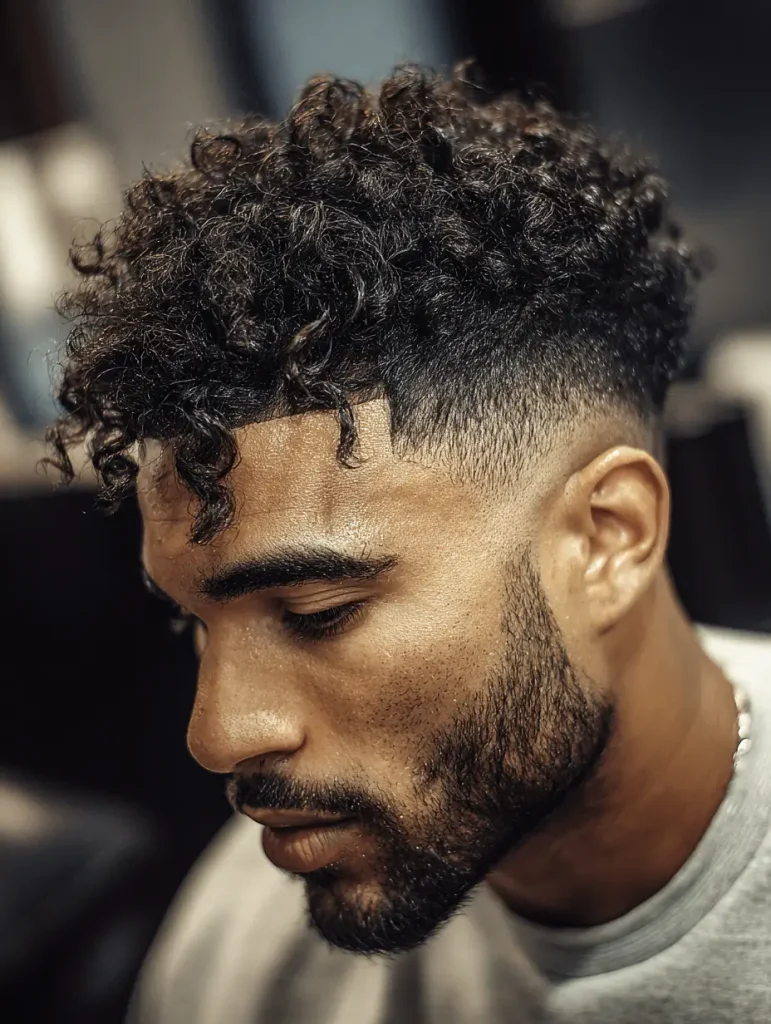
10. Temple Fade with Part
Add a clean side part to your temple fade and you’ll instantly level up the sophistication. This style works wonders for business professionals, weddings, and formal events. The part adds symmetry and intention, making the haircut look sharp and deliberate. Whether you go for a hard part (razor-cut) or a soft, brushed one, it pairs beautifully with the crisp lines of a temple fade.
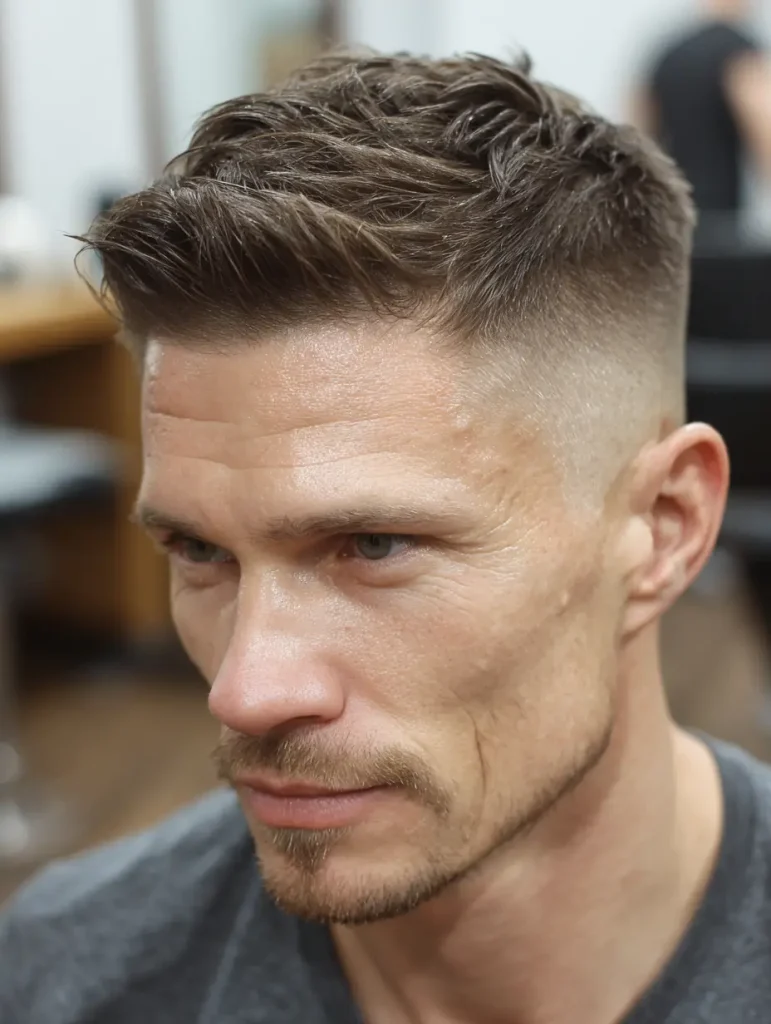
11. Temple Fade with Dreads
Combining dreads with a temple fade brings a stylish contrast between texture and structure. The fade cleans up the sides while letting the dreads remain the focal point. This combo works with short or medium-length locs and allows for easy styling while giving your look edge and clarity. It’s a popular choice for those who love cultural expression without losing the precision of modern cuts.
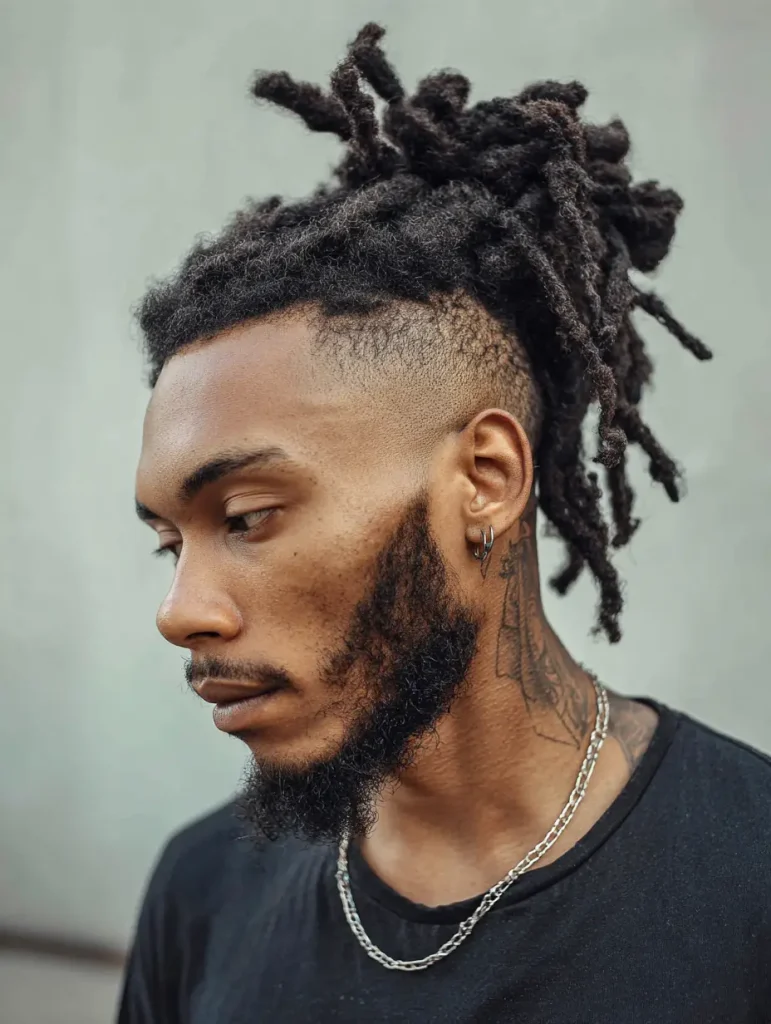
12. Mid Temple Fade
A mid temple fade starts midway between the ear and the crown, offering a balanced look that’s neither too bold nor too subtle. It’s a great choice for men who want a noticeable fade without going extreme. This version works with most hair lengths and face shapes, making it a universally flattering option. It adds structure to the head shape and provides a clean transition without overpowering the top.
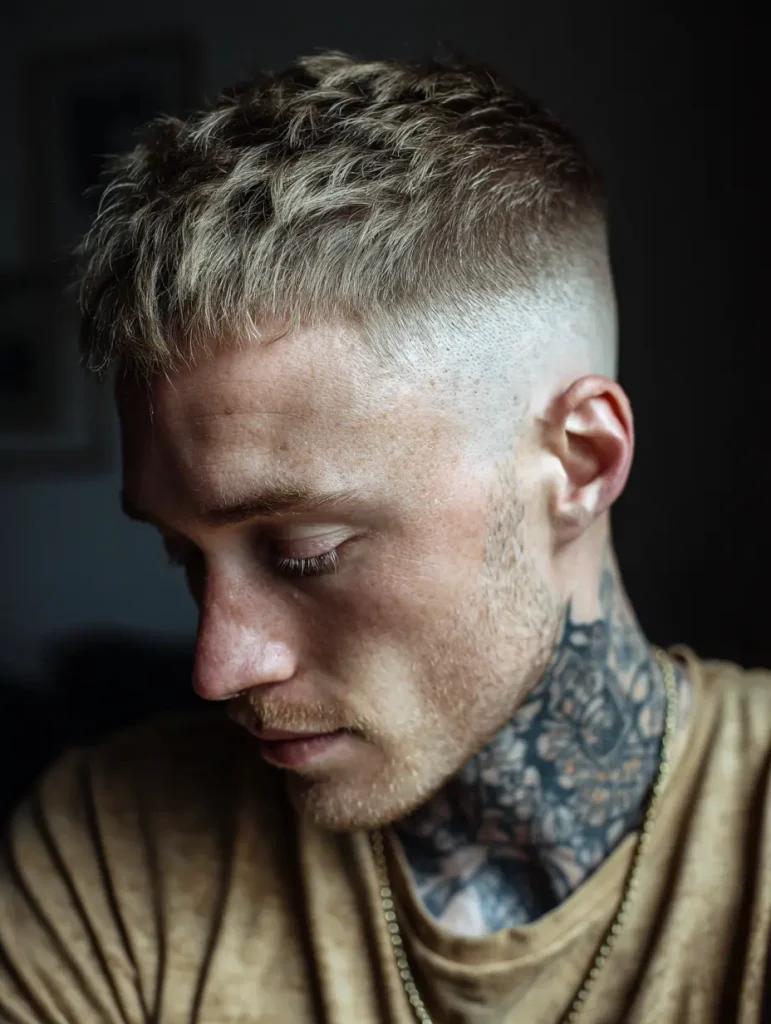
13. Mohawk Temple Fade
If you’re feeling bold and creative, a mohawk temple fade might be your vibe. This cut leaves a central strip of hair longer while fading the sides down tight. The temple fade adds an extra layer of precision to the classic mohawk, making it look sleek instead of wild. It’s perfect for musicians, artists, or anyone wanting to make a strong statement with their hair.
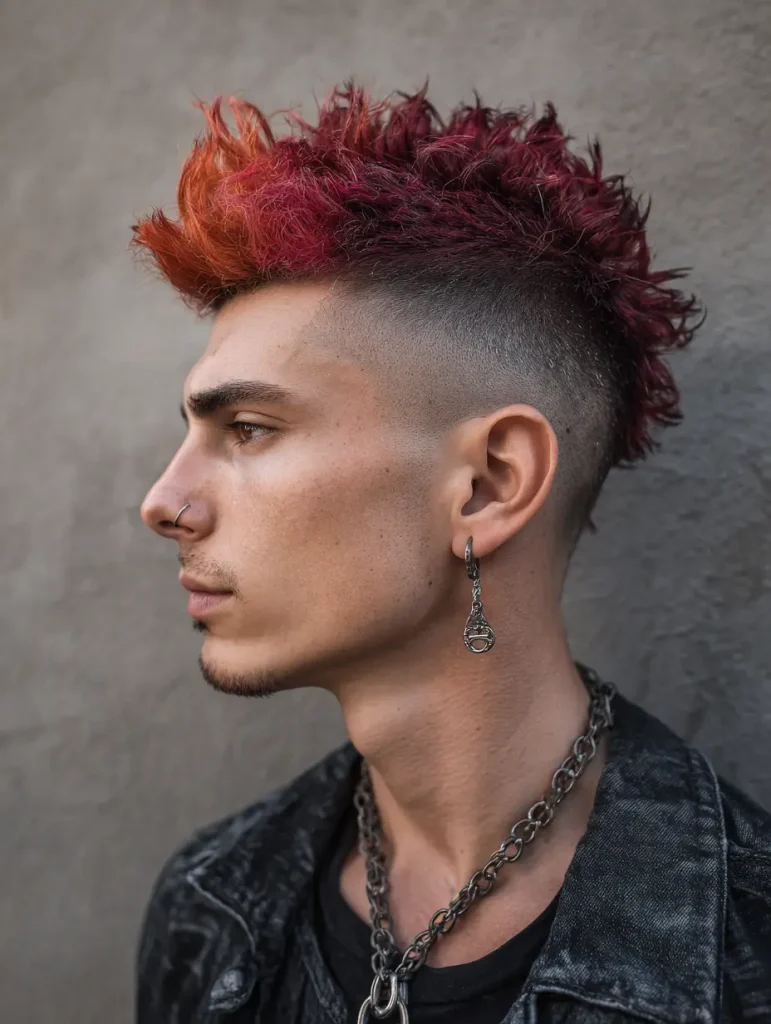
14. Temple Fade with Braids
Braids and fades go hand in hand when it comes to detailed styling. With the temple fade trimming down the sides, your braids stand out with even more impact. This style lets you express cultural pride, creativity, and style all at once. Whether you rock box braids, cornrows, or twists, the fade sharpens the overall look.
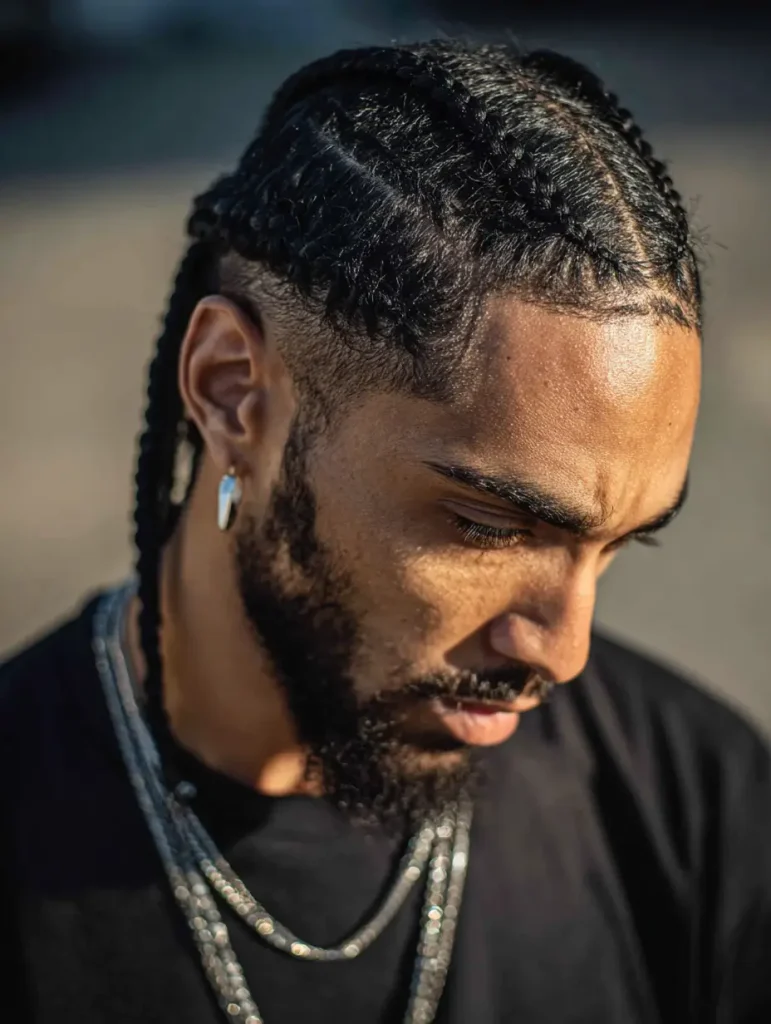
15. Straight Hair Temple Fade
For those with straight hair, adding a temple fade can transform a plain style into something dynamic. Straight hair tends to fall flat, but a fade creates visual depth and structure. Whether you keep the top short or long, the fade helps accentuate any added texture or styling on top, like comb overs or spiked finishes.

16. Temple Fade with Pompadour
The pompadour is a classic style with modern appeal, and when paired with a temple fade, it becomes even more striking. The high volume on top contrasts beautifully with the faded sides, giving you a refined yet bold silhouette. This look requires some styling effort but rewards you with tons of swagger and sophistication.
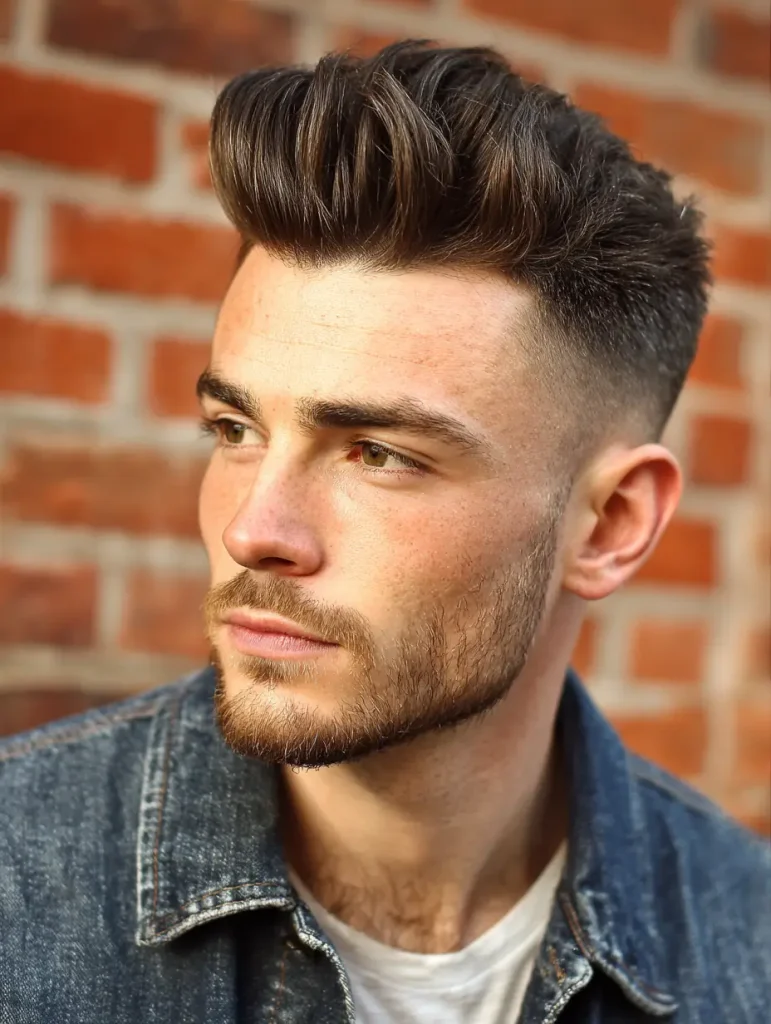
17. Temple Fade with Quiff
A temple fade with a quiff blends volume and modern styling. The quiff—a slight lift and backward sweep of the hair—adds height and texture, while the fade keeps everything neat and polished. It’s an excellent choice for guys with thick hair and a good sense of style, bridging casual and formal aesthetics seamlessly.
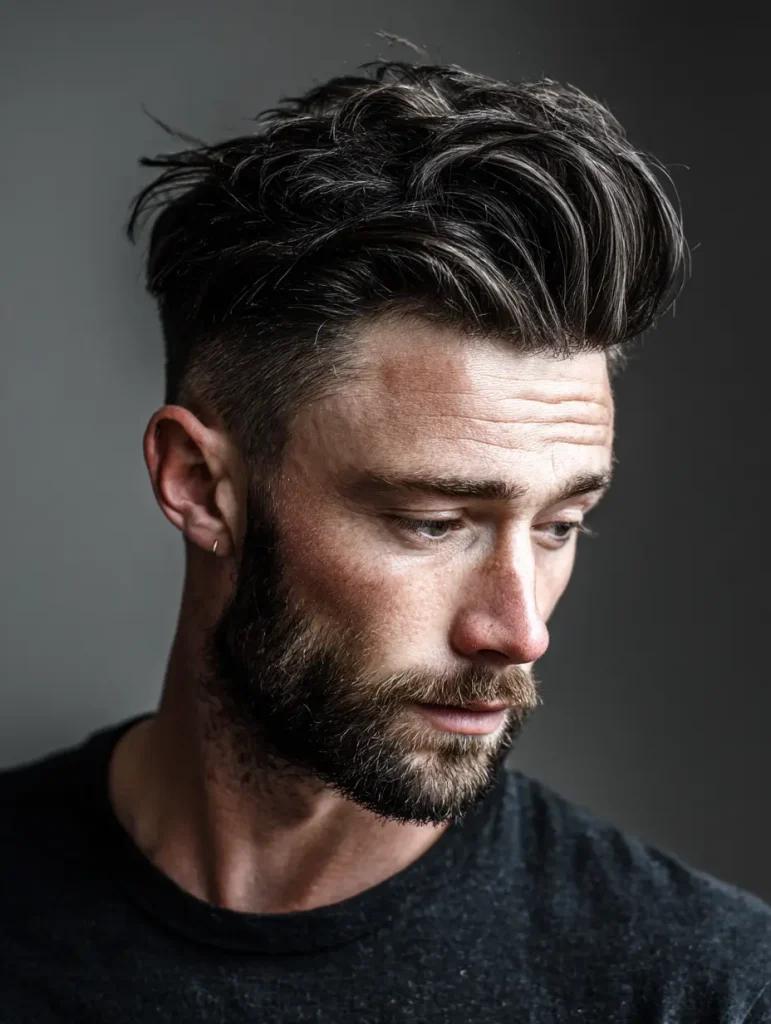
18. Temple Fade with Line Design
If you want your haircut to be a conversation starter, a temple fade with a line design is for you. These designs can range from simple slashes to intricate patterns etched into the fade. It’s a form of self-expression and adds a unique touch to your haircut that reflects your personality, mood, or creativity.
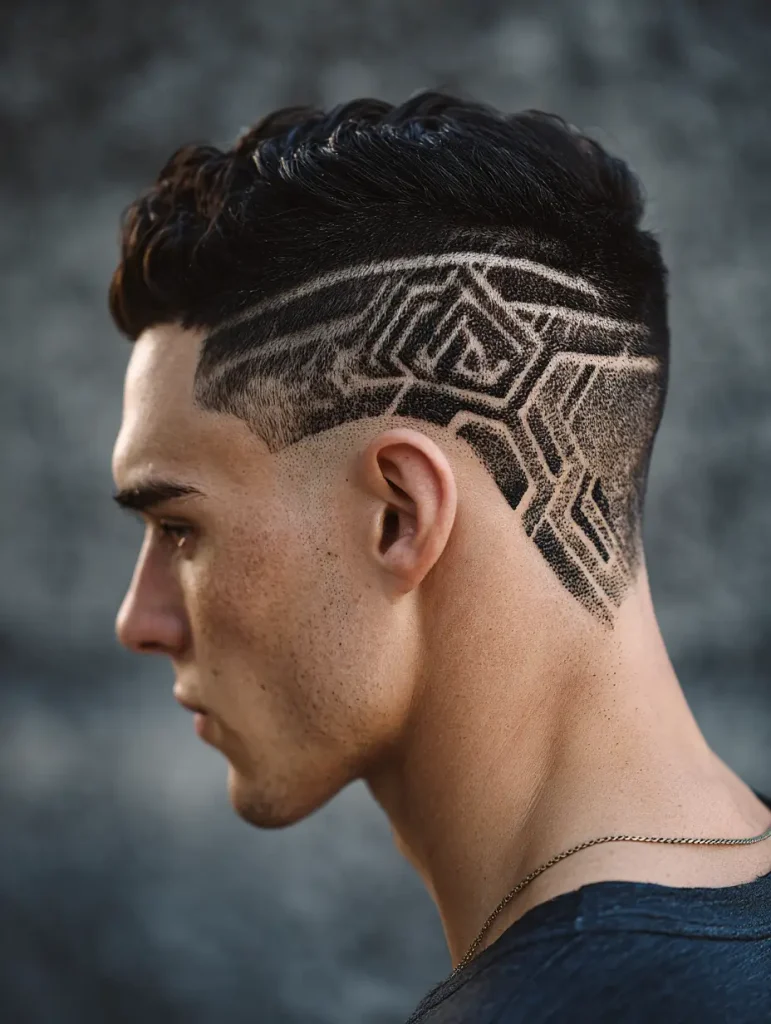
19. Temple Fade with Spiky Hair
Spiky hair is fun, rebellious, and youthful, and adding a temple fade gives it much-needed contrast. The faded sides highlight the texture and lift of the spikes, helping them pop. With a little product and creativity, this style gives off an effortlessly cool vibe—ideal for men who like a playful yet structured look.
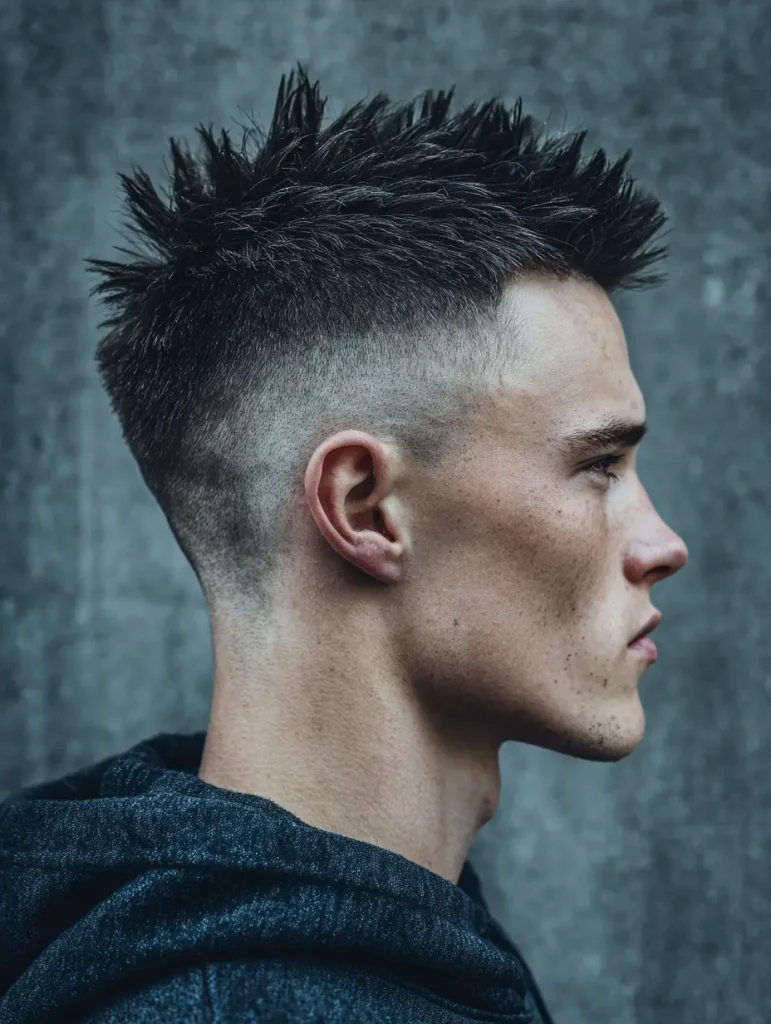
FAQs About Temple Fade Haircuts
What face shape suits a temple fade best?
Temple fades adapt well to almost all face shapes, but they particularly flatter oval, square, and round faces. The fade can be customized to add length, slim down the sides, or highlight features depending on how it’s executed.
How often should I get a temple fade touched up?
To keep your temple fade looking sharp, a touch-up every 2–3 weeks is ideal. This helps maintain the clean lines and prevents the fade from growing out unevenly.
Can I combine a temple fade with any hairstyle?
Yes, that’s the beauty of the temple fade—it complements a wide range of hairstyles including waves, curls, straight looks, braids, dreads, and textured tops. It’s one of the most versatile fades available.
Is a temple fade professional enough for work?
Definitely. Many temple fade styles are suitable for professional settings, especially the low and taper variations. As long as the top is styled appropriately, it can be both business-appropriate and stylish.
Do temple fades work on thinning hair?
Temple fades can actually enhance the appearance of thinning hair by removing bulk from the sides and drawing focus upward. A skilled barber can adjust the fade to make thinning less noticeable.
Conclusion
The temple fade is more than just a haircut—it’s a statement of style, personality, and grooming. With so many variations, it’s a cut that evolves with you, whether you’re aiming for a clean professional look or a creative, edgy expression. From classic to modern, subtle to bold, there’s a temple fade for every man and every vibe. Choose your style, visit a skilled barber, and wear it with confidence—because the right fade doesn’t just shape your hair, it shapes your presence.

